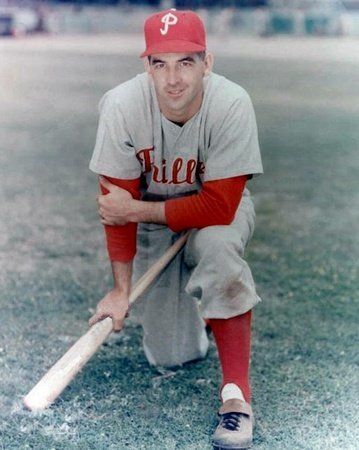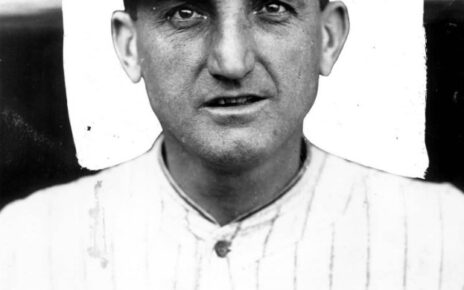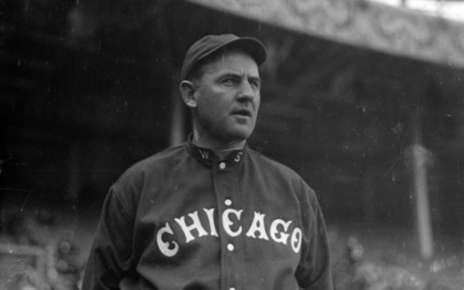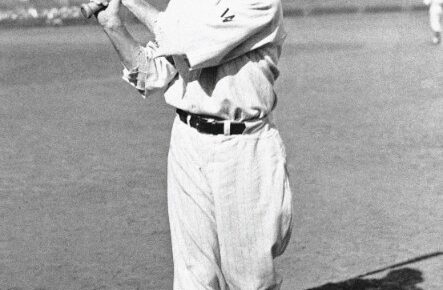Granny Hamner already had a long and successful Major League Baseball career before he ever tried his hand at two-way play. There was really no reason for Hamner to play two ways. Yet in his age 33 season he found himself pitching and for the final two years of his career he played enough on the mound and as a position player to qualify for two-way status. Hamner isn’t so much a two-way experimentation story as he is a “let’s throw some stuff at the wall and see what sticks story.
The entire reason that Hamner took up two-way play was his exit from the MLB ranks. He found himself in the minor leagues serving as a player-manager. He was limiting his time in the field, but he still had the itch to play more and well, his team needed pitchers. Hamner had pitched in his High School days and had lobbied in the past to be used as a pitcher. As the manager, there was no one standing in his way and he soon took on the role of a legitimate two-way player.
The 1961 season saw Hamner as player-manager for the A-level Portsmouth-Norfolk Tides of the South Atlantic League. This was his first real try at being a two-way player and it was pretty successful. As a hitter, Hamner put up a slash line of .294/.362/.471 in 216 plate appearances. He played 19 games at third base, 10 at first, and 12 at shortstop. 6 home runs, 11 doubles, and 2 triples were decent power numbers from a guy who only struck out 31 times. Still working on his knuckler Hamner wasn’t quite as good on the mound. He appeared in 31 games, but only started 3 of them. He managed 1 complete game, an ERA of 3.43, and a WHIP of 1.264 across 99.2 innings. All around a very good two-way season and certainly ample reason to keep trying Hamner out in a two-way role.
In 1962 Hamner was the player-manager for the A-level Binghamton Triplets of the Eastern League. At the plate, Hamner was not his usual solid hitting self. He had 94 plate appearances spread over a number of positions while also pinch-hitting. The Richmond native slashed .198/.245/.244. He didn’t walk or strike out much, but he made lots of easy outs. Hamner was much better in his 22 appearances on the mound. He started 14 of those appearances and ended with 14 complete games, an ERA of 2.03, a WHIP of 1.226, and 78 strikeouts in 146.0 innings pitched. Hamner’s bat had faltered, but his knuckleball appeared to be the real deal.
A late-season promotion to MLB’s Kansas City Athletics went about as bad as was possible. The now 35-year-old appeared in only 3 games. His first appearance went pretty good, 2 innings and no earned runs. A few days later Hamner appeared in both games of a doubleheader, giving up 4 earned runs and 9 hits in 2 innings of work. Hamner called it quits that day, not just with pitching but with playing baseball altogether. Hamner had a reputation for giving up far too easily when faced with setbacks in his pitching career and that’s why he ultimately had promise as a two-way player but very little hope of actually panning out.
Lead photo courtesy of Unknown – Unknown




